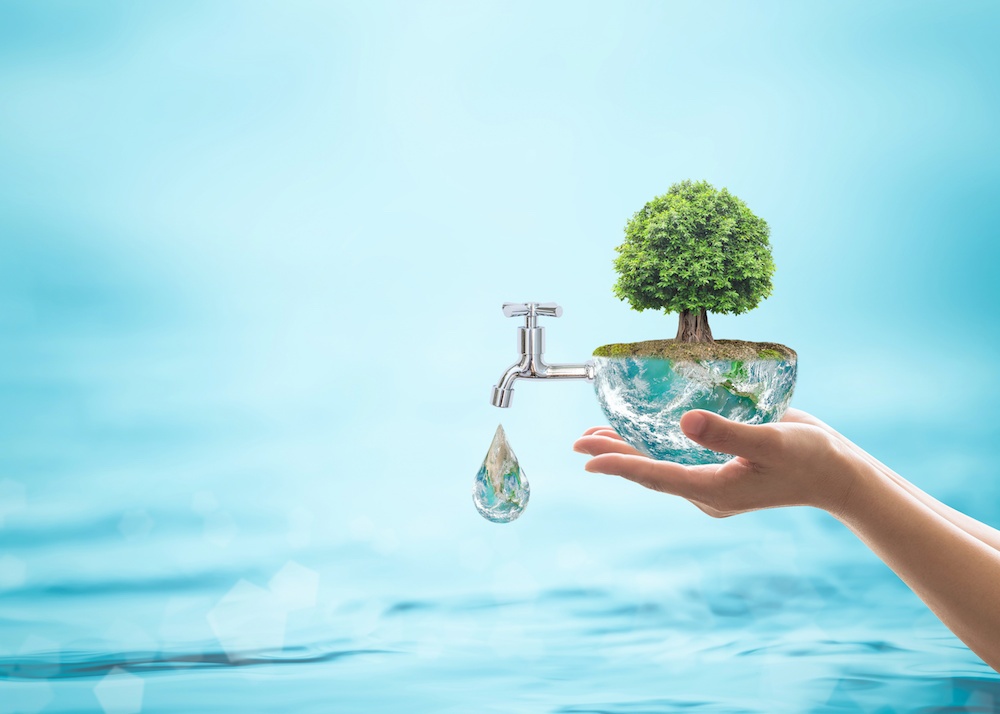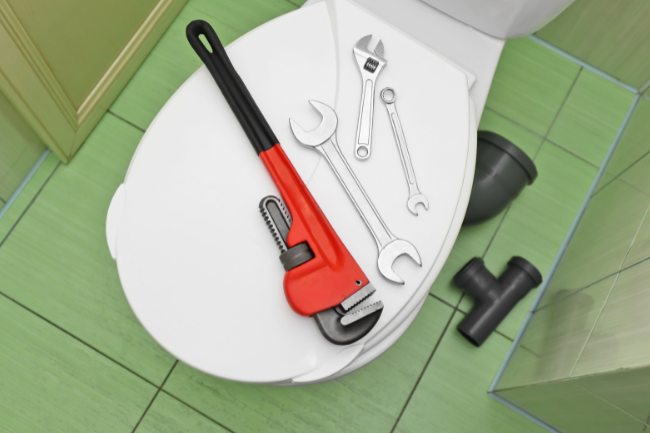What are the Environmental Benefits of Trenchless Technology?
Posted by William Heinselman on

Trenchless technology, also known as no-dig technology, has been gaining recognition and popularity in the construction and plumbing industry due to its numerous environmental benefits.
This innovative method of underground installation and repair eliminates the need for large-scale excavation and disruption of the surrounding environment. There are various ways in which trenchless technology is contributing to a more sustainable and eco-friendly approach to infrastructure development.
Environmental Benefits of Trenchless Technology
Replacing damaged sewer and water lines can be an expensive and stressful process. Recent developments in trenchless technology, however, have made it possible to repair broken pipes quickly and with minimal disruption. Whereas traditional pipe replacement methods require extensive digging and take several days to complete, trenchless techniques utilize special cured-in-place pipe (CIPP) to replace existing lines from the inside out, regardless of length or diameter.
The typical trenchless job can be completed in a matter of hours and the repairs can last over 50 years, making this revolutionary approach a much more efficient and longer-lasting solution to damaged pipe problems in residential, commercial, and municipal properties. Although trenchless solutions are relatively comparable to traditional repair methods in terms of price, they offer significant benefits in the long term.
While the non-invasive nature of trenchless pipe replacement makes it a much more environmentally friendly option, there are a few more major environmental benefits of trenchless technology including:
Lower Energy Consumption
Installing new sewer or water lines consumes a huge amount of fuel energy. New pipe sections need to be manufactured and transported to the work site. Digging up the old pipe requires extensive use of heavy machinery, and in some cases, additional equipment will be needed to remove it and install the new sections. After the aging pipe sections are removed, they still need to be hauled away and disposed of properly. Meanwhile, the new section needs to be lowered into place and buried, tasks that will again call for heavy machinery. Even after the job is completed, the landscaping will almost certainly need to be repaired or replaced, which will lead to another round of equipment usage.
By eliminating the digging process and leaving the existing pipes in place, trenchless technology can accomplish the same repair using significantly less energy. While these energy savings may not be reflected in the price (which is comparable to conventional replacement), the long-term environmental benefits of lowering energy consumption are quite significant.
Reduced Emissions and Waste
All that energy consumed by trucks and digging equipment in the course of traditional pipe replacement has to go somewhere, and much of it will end up in the atmosphere as harmful carbon emissions. By using less equipment and completing the work faster, trenchless techniques greatly reduce the harmful environmental impact of these emissions. While this is good for the environment as a whole, it’s also beneficial to local neighborhoods because homes, children, and animals are less exposed to dangerous gases.
The epoxy-resin material used in trenchless repair also generates very little in the way of carbon emissions during production, making it a more environmentally friendly material than the metals and plastics used in conventional pipes. Since trenchless techniques make use of existing pipes, they also eliminate emissions related to the disposal of materials that would otherwise be scrapped and replaced using traditional methods. Considering that 75% of the roughly 600,000 miles of sewer pipe in the United States operates at less than 50% capacity due to deterioration issues, trenchless technology can be utilized to avoid creating huge amounts of waste.
Less Risk of Water and Soil Contamination
Once installed, the epoxy-resin lining used in trenchless techniques can prevent dangerous chemicals from leaking into the water supply. The heavy metals used in pipes, most notably lead and copper, can leach toxic substances into the water over time. Removing these chemicals is both expensive and energy-intensive. According to the EPA, the epoxy-resin lining also prevents additional corrosion and deterioration of the pipes themselves, which prevents potentially harmful toxins in wastewater from seeping into the surrounding soil through leaks or breaks in sewage lines. This process, known as exfiltration, can have a significant impact on public health.
Reduction of Air and Noise Pollution
Traditional plumbing methods often rely on the use of heavy machinery, which not only emits harmful pollutants into the atmosphere but also generates loud noises that can significantly disturb the peace and tranquility of local communities. This method of plumbing, while effective in addressing certain issues, poses environmental and social challenges that cannot be overlooked.
On the other hand, trenchless technology presents a more innovative and considerate approach to plumbing. By utilizing smaller, more sophisticated equipment, trenchless technology produces considerably less noise and emissions. This method not only minimizes the environmental footprint associated with plumbing repairs and installations but also ensures that the well-being of local communities is preserved, making it a far more environmentally friendly and socially responsible option.
Impact on Water Quality

Traditional open-cut excavation methods frequently require digging through or around existing pipes or underground utilities. This approach carries a significant risk of accidentally puncturing these structures, potentially causing spills or leaks of hazardous materials into the surrounding soil or nearby bodies of water, posing environmental and public health risks. In contrast, trenchless technology offers a safer and more efficient alternative.
By utilizing advanced techniques to repair or replace underground infrastructure, it creates minimal disturbances to the existing underground setup. This not only reduces the risk of accidental damage and contamination but also limits disruptions to the surface area, making it a preferred choice for urban areas where space and safety are of paramount importance.
Contact Express Sewer for Trenchless Pipe or Sewer Repair
Today’s trenchless technologies make it possible to repair or replace damaged sewage and water lines with techniques that are safer, more efficient, and more environmentally friendly. In addition to offering a greener, more cost-effective alternative to traditional repairing methods, trenchless repairs last for a minimum of 50 years. When it’s time to consider options for pipe replacement, be sure to find a plumbing contractor with extensive experience using the latest practices in trenchless pipe replacement.



![How to Prevent Flooding [6 Tips to Protect Your Property]](https://www.expresssewer.com/hubfs/prevent_flood.png?width=550)



